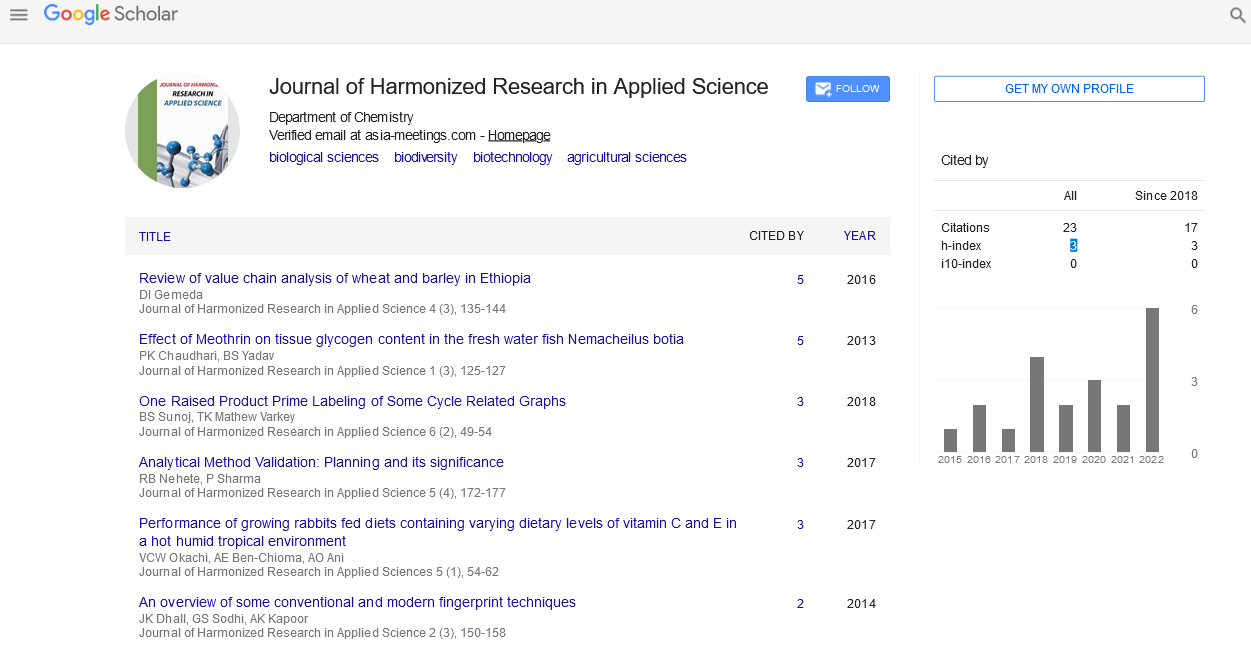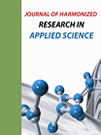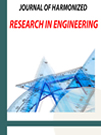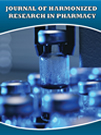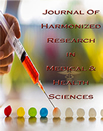Perspective - (2022) Volume 10, Issue 2
ROLE OF MOLECULAR BIOLOGY IN DRUG DISCOVERY AND DEVELOPMENT
John Mathews*Received: May 30, 2022, Manuscript No. JHRAS-22-69069; Editor assigned: Jun 02, 2022, Pre QC No. JHRAS-22-69069(PQ); Reviewed: Jun 16, 2022, QC No. JHRAS-22-69069; Revised: Jun 23, 2022, Manuscript No. JHRAS-22-69069(R); Published: Jun 30, 2022, DOI: 10.30876/2321-7456.22.10.004.
Description
A mutation has long been employed in molecular biology to investigate the relationship between form and function, and it has also been utilized in drug discovery to investigate the structural activity relationship between target and molecule. Target sequences can be changed in a controlled manner, and the interaction of the resulting mutant proteins with drugs can be tested in experiments or by determining their three-dimensional structure. This data has been utilized to promote alternative ways to high-throughput compound screening, such as compound class subset screens and compound screening, in which active compounds have been identified without the need for a physical screen.
The time and expense it takes to design, produce, and release new pharmaceuticals to the market has risen in recent years, while the number of new drug approvals has plummeted. Throughout the drug discovery and development process, the pharmaceutical industry is focused on lowering drug candidate attrition. Several medicines with plausible biological properties have failed clinical trials. Such errors in drug development can be avoided with earlier testing, particularly using wet laboratory or in silico techniques. The initial step is to come up with a receptor or target test. An assay is a test that determines if a substance (drug) binds to the target receptor. A pharmaceutical corporation will typically screen its whole corporate database of known compounds first, as the compounds in the database are typically well described. Furthermore, this compound’s synthesis processes would be well-known, and patent protection is frequently available. This allows the corporation to quickly prototype a prospective ligand whose chemistry is well-known and falls under the company’s intellectual property. If none of the molecules in their database match the target, they may search for a compound that matches their receptor. A lead compound is defined as a molecule that successfully attaches to the target. The next stage is to investigate the interactions between the receptor and the ligand molecule. Finding the binding residues involved in the ligand-receptor connection would require both in silico and in vitro investigation. The ligand-receptor complex’s 3D structure provides a good view of the ligand-receptor interaction.
The most significant impact of molecular biology on drug discovery is that it allows for a target-driven approach, which has many advantages over the traditional approach of identifying active compounds in a therapeutically relevant biological assay but with no real understanding of their target or mechanism. ‘Does it work?’ and ‘Is it safe?’ are the two most important questions for each drug during its discovery and development. Building a drug-discovery approach around a known target allows us to identify new medications with more precision and accuracy, ensuring that they are highly powerful and efficacious in humans with a minimal risk of toxicity. The drug-discovery process is a truism in that it is always changing, in response to breakthroughs in disease knowledge and technology. The success of recombinant and antibody treatments for the treatment of diseases like arthritis and cancer is new evidence for the growth of biotechnology. Furthermore, following the successful marketing and adoption of the first pharmacogenomic medications, the prospects for successfully delivering customised medicine (drugs tailored to specific patient groups) are promising. Developing medications based on customized medicine will necessitate even more molecular biology expertise, particularly in the fields of human genetics and bioinformatics. The science of molecular biology has become increasingly significant and sophisticated in the process of drug discovery in recent years, and it appears set to become even more crucial in the development of future medicines.

